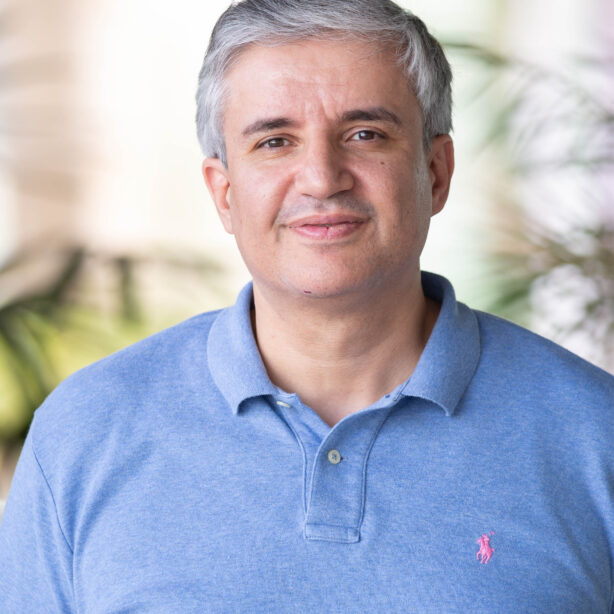Prof. Dr. Mohamed-Slim Alouin, FOSA, FAAS, FIEEE
Distinguished Professor, Electrical and Computer Engineering, King Abdullah University of Science and Technology, KSA.
Topics: Towards Connecting the Remaining 3+ Billion
Abstract –
It goes without saying that we suffer from severe gaps in global internet connectivity. We tend indeed to forget that we still have about half of the world population (or about 4 billion people) without boroadband connectivity. And it is expected that 5G (in it current initial deployment stages) will further accentuate this connectivity divide. Actually, the Covid 19 pandemic also showed that the connectivity divide is in a way becoming one of the modern faces of inequality, deepening the economic and social unbalances between the ‘Haves’ and ‘Have Nots’ in a digital context. To achieve digital inclusiveness, we need to develop and deploy new technological solutions that help connecting the unconnected/under-connected in an affordable fashion. In this context, this talk aims to (i) provide an envisioned picture of 6G, (ii) serve as a research guideline in the beyond 5G era, and (iii) go over the recently proposed solutions to provide high-speed connectivity in under-covered areas in order to serve and contribute to the development of far-flung regions.
Biography:
Mohamed-Slim Alouini was born in Tunis, Tunisia. He received the Ph.D. degree in Electrical Engineering from the California Institute of Technology (Caltech) in 1998. He served as a faculty member at the University of Minnesota then in the Texas A&M University at Qatar before joining in 2009 the King Abdullah University of Science and Technology (KAUST) where he is now a Distinguished Professor of Electrical and Computer Engineering. Prof. Alouini is a Fellow of the IEEE and of the OSA. He is currently particularly interested in addressing the technical challenges associated with the uneven distribution, access to, and use of information and communication technologies in far-flung, rural, low-density populations, low-income, and/or hard-to-reach areas.
